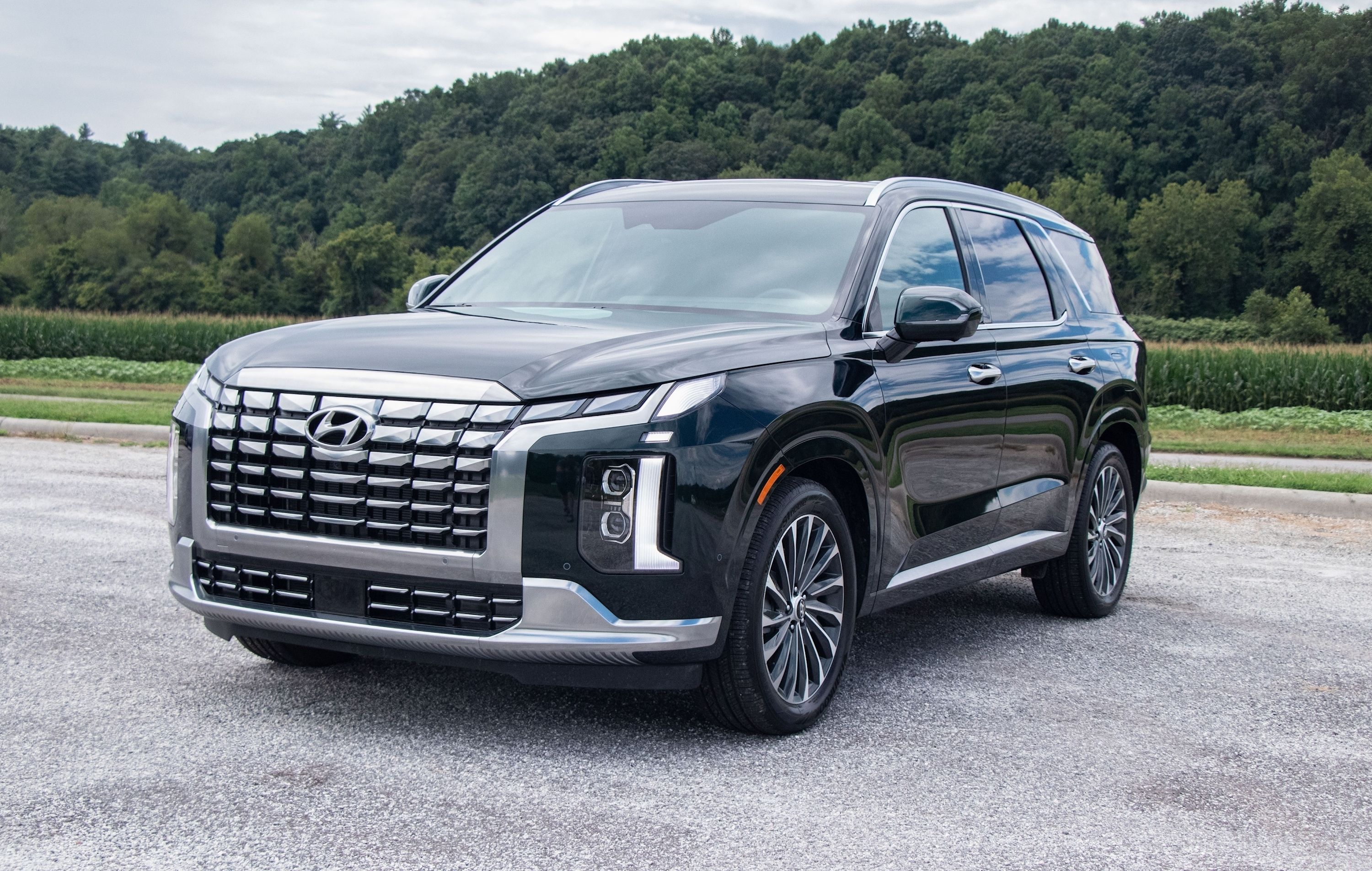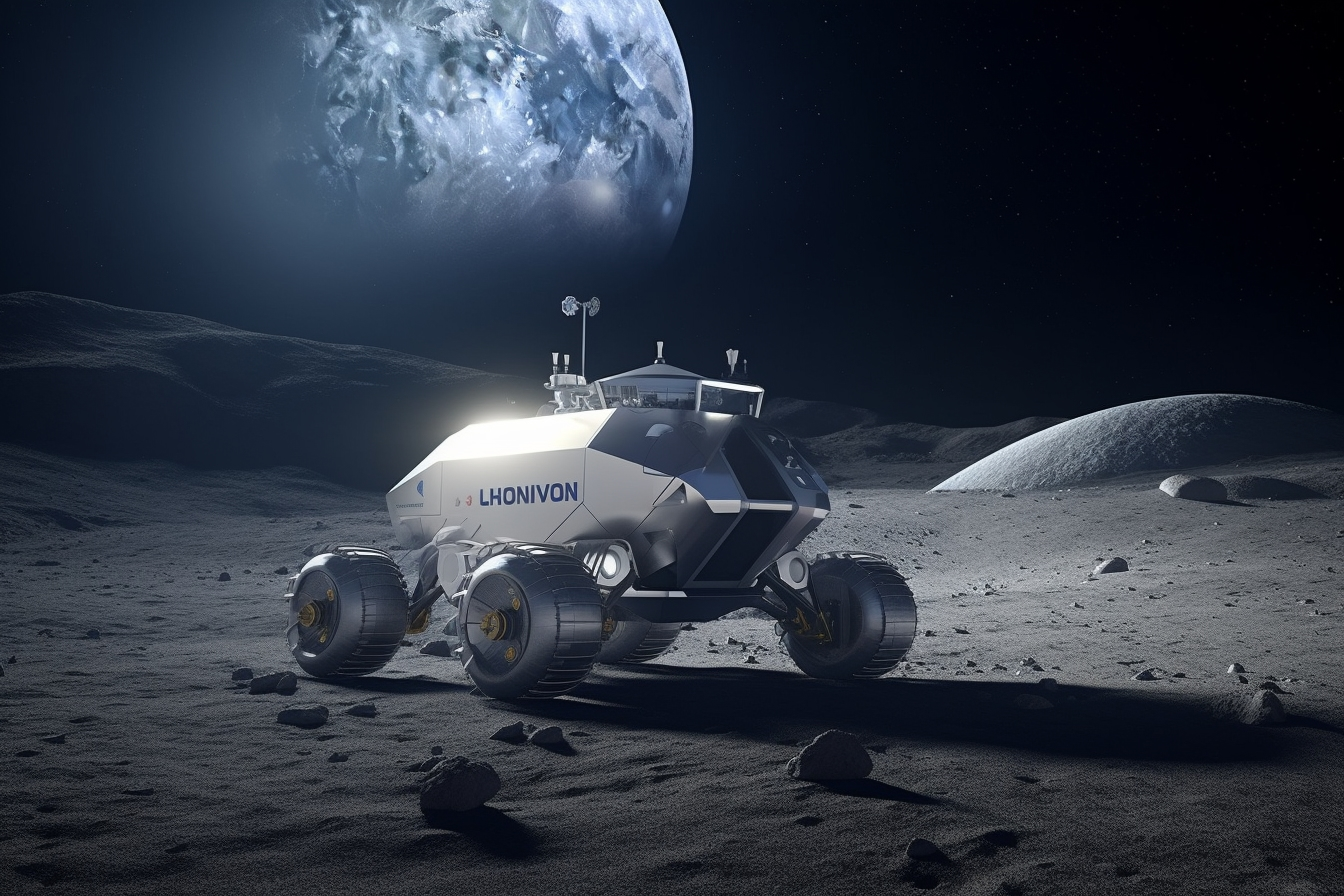
The Hyundai Motor Group is set to join other major automakers like Toyota and Nissan with its own ambitious lunar project. The Korean automaker announced this week that it has begun building a lunar exploration model that will hopefully have launch capability by 2027.
While this project may have little meaning to the family man in his Hyundai Palisade, there is some overlap between the rover's technologies and those used on current and upcoming Hyundai cars. The project also underlines how far Hyundai has progressed from a maker of budget runabouts into a leading mobility brand that can soon add space exploration to its expanding list of achievements.
The lunar exploration rover will be capable of solar charging (obviously at a more advanced level than the older Sonata Hybrid that had a solar roof) and autonomous driving, and it will be expected to support a range of payloads.
The lunar exploration rover is being developed together with Korean research institutes operating in the aerospace sector. When complete, it should be able to navigate and explore the Moon's surface effectively, and will also have digging and excavation abilities. It will come with thermal management and shielding from radiation, and will only weigh around 154 pounds.
"Hyundai Motor Group has consistently stated its goal to contribute to expanding human reach and the scope of human mobility experiences," said the company's Yong Wha Kim. "With the rover's development, we are moving beyond land, sea, and air mobility into space mobility."
Some of the technologies employed on Hyundai and Kia's current and upcoming vehicles will be used for the rover, including cameras and LiDAR sensors to enable autonomous driving. The upcoming Genesis G90 - Genesis being Hyundai's luxury arm, of course - has already been spied with LiDAR sensors (pictured below) to enable Level 3 semi-autonomous driving.
The rover will also use the driving system (motor, wheels, and suspension) from Hyundai and Kia, while borrowing from Hyundai Rotem's robot manufacturing technology. Hyundai is aiming for the initial development model to be completed in the second half of 2024, before arriving at launch capability three years later.
Hopefully, the lessons learned from Hyundai's rover will filter through to its road cars, as is the intention with the Toyota Lunar Cruiser. In Toyota's case, the Lunar Cruiser - set to launch in the second half of this decade - makes use of fuel cell electric technology, so any advances in hydrogen could feasibly filter down to road cars. Toyota already has the Mirai which uses hydrogen, so it's ahead of many automakers in this respect.
Over at Nissan, it revealed its own lunar rover prototype back in 2021. As with Hyundai and Toyota, Nissan used technologies from its cars like the e-4ORCE all-wheel control technology in the development of the lunar prototype. This piece of tech has been used in the Nissan Ariya EV and we recently experienced it for ourselves.
This new space race by some of the world's major automakers opens up some exciting possibilities, and if it leads to better cars, everyone stands to benefit.

